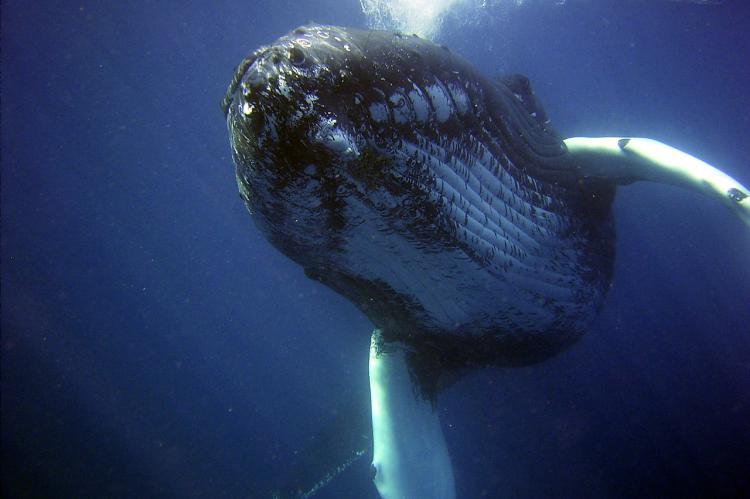Seamounts important for humpback whales
Whales displays an intensive use of oceanic seamounts both in the breeding season and on migration.
Satellite telemetry suggests that seamounts represent an overlooked cryptic habitat for humpback whales
Seamounts probably serve multiple and important roles as breeding locations, resting areas, navigational landmarks or even supplemental feeding grounds for this species, which can be viewed as a transient component of the seamount communities.
Seamounts are ubiquitous undersea mountains rising at least 100 m from the ocean seafloor. These underwater features have recently been recognized as one of the largest biomes in the world and a global assessment of knowledge regarding seamount ecosystems was recently conducted. Seamounts support a large number of organisms and strongly influence the distribution of a wide range of species at different stages of their life cycle.
In the past 20 years, satellite telemetry of humpback whales has provided a greater understanding of dispersal movements in wintering and summering areas in both hemispheres.
Recently it led to discovery of an unknown offshore habitat for endangered southwestern Pacific Ocean humpback whales off New Caledonia. Tracking data revealed some offshore habitats that appear to be important for humpback whales.
A high percentage of tagged whales (74%) that congregated on offshore seamounts both during the breeding season and during migration suggests that this particular geographical feature is of considerable importance as a habitat for the breeding population of humpback whales of New Caledonia. The occupancy time further highlights the likely importance of these geographical features.
The frequent use by humpback whales of such remote locations has important implications for conservation and management.





























